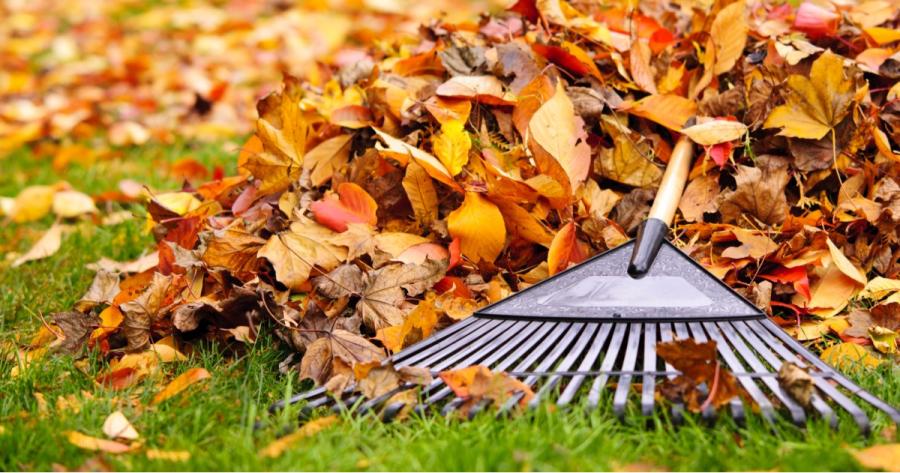Water Smart Fall Lawn & Garden Tips

It’s officially fall! Which means the backyard barbeques and runs through the sprinkler are winding down and instead, the pool is getting drained and patio furniture stored away.
Fall is also the time to prep your lawn and garden for the cold winter months ahead. Here are a few tips to keep your lawn and garden in shape while staying water-smart.
Garden
Healthy plants withstand winter weather better than neglected plants so don’t let plants dry out in the fall. If rain isn't in the forecast, keep watering your garden as long as plants are growing.
If you’re transplanting perennials, keep watering them until the plant is established. If you’re planting bulbs, bury the bulbs at least 6 inches into the soil to keep squirrels from getting them, and water them well before the ground freezes. Use a layer of mulch or straw to protect bulbs and roots from frost. Mulch helps retain moisture, reduce evaporation, and minimize runoff.
When watering plants, don’t waste water by watering them in the wrong place or during the wrong time of day. Use a watering wand, drip irrigation, or soaker hose to direct water right to the root zone where it’s needed. And water your lawn or garden during the early morning hours. This will allow the water to reach the roots of the plant without losing too much water to evaporation.
Lawn
Fall is the best time to repair lawns. Cooler fall temperatures are great for growing grass plus there is less competition from weeds since they have started to die off.
Seeding bare spots in your lawn from early to mid-September will allow the new growth to have enough time to germinate, grow, and harden before cold temperatures arrive. Ideally, dig to at least 6-8 inches deep in the soil, spread grass seed over the area, and tamp down. Keep the soil moist until germination and cover with straw to conserve moisture.
Fall is also an ideal time to aerate your lawn. Aerating alleviates soil compaction allowing water, air, and nutrients to penetrate to your lawn's roots. This helps prevent runoff and keeps you from wasting water. Aeration also encourages root development so grass can better withstand winter.
Hang onto those fallen leaves after you rake them. Add them to your compost pile or save dry leaves in an old garbage can or under a tarp so you can use them as mulch in the spring. You can also leave them on your lawn and mulch them with your lawnmower. Take the grass catcher off your mower and mow over the leaves until they’re about dime-size pieces. Mulching or composting leaves recycles a natural resource, giving you richer soil for free.
Equipment
Before temperatures drop, protect water-using equipment from costly damage caused by freezing. Disconnect outdoor hoses and drain all the water out before storing for the winter. You'll also want to empty rain barrels and any water elements in your garden to prevent the water from freezing and causing cracking once temperatures drop.
Online Portal
Sign up for the Cleveland Water web portal where you can view your actual water usage down to the hour. Having this data easily available can save you time and money. You can make adjustments to your water usage based on when and how much you’re using or quickly spot a potential issue. For example, if there is an unusual spike in your water usage or continuous usage is showing at times when you aren't using water it could be a sign of a leak.
